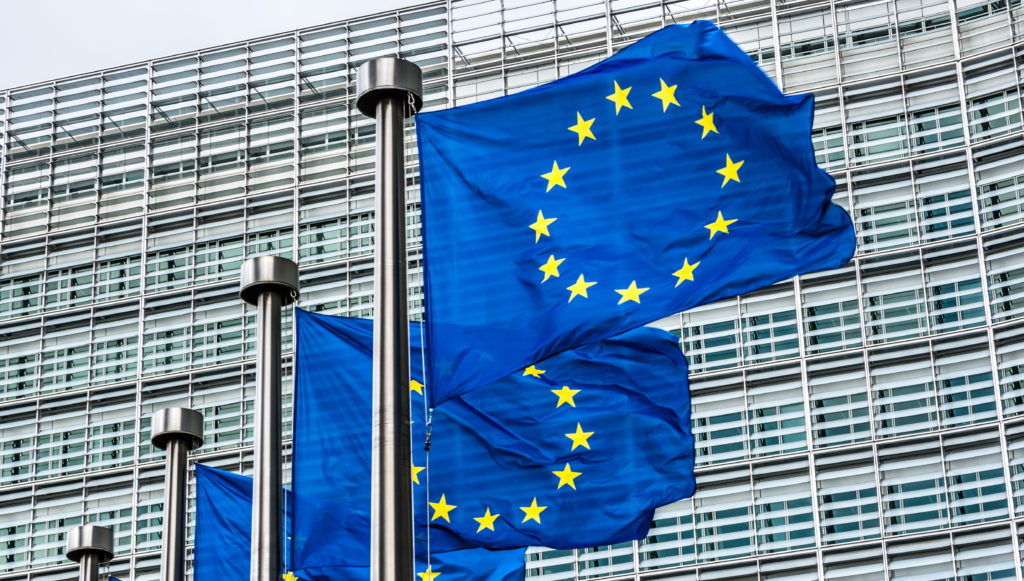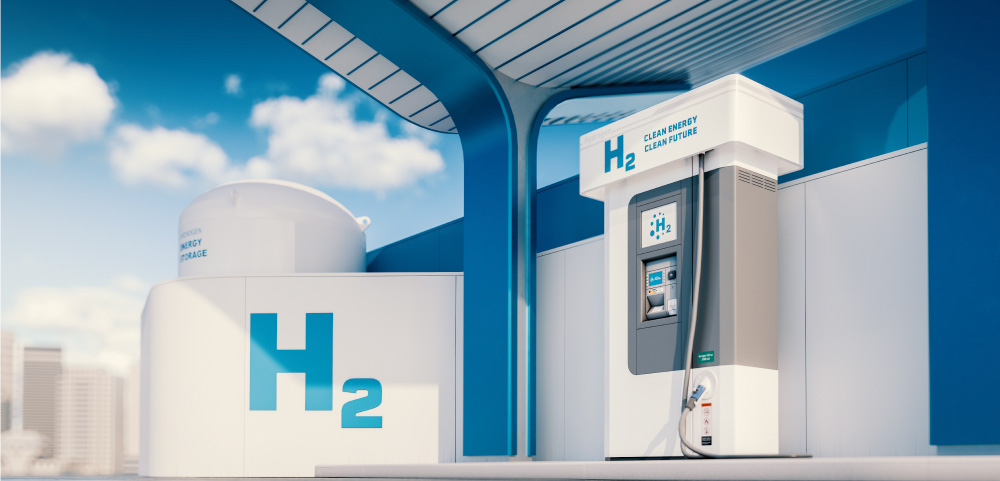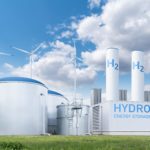The CertifHy Bulletin - Summer 2025 Edition
European Commission Finalizes Regulatory Framework for Low-Carbon Hydrogen with New Delegated Act
The European Commission adopted the much-anticipated Delegated Act (DA) for low-carbon hydrogen and fuels on July 8, 2025, marking a critical step towards establishing a comprehensive regulatory framework for hydrogen production. This legislation provides the first EU-wide definition and criteria for “low-carbon hydrogen” and delivers the long-awaited methodology for assessing greenhouse gas (GHG) emissions savings from low-carbon fuels.

The DA establishes that low-carbon hydrogen must achieve at least 70% GHG emissions savings compared to unabated fossil fuels throughout its entire lifecycle. This threshold aligns with the existing requirements for renewable hydrogen, ensuring a level playing field across different production pathways.
The legislation recognizes two primary pathways for low-carbon hydrogen production:
Steam methane reforming (SMR) with carbon capture, utilization, and storage (CCUS): Natural gas is processed to produce hydrogen while capturing and permanently storing the resulting CO₂ emissions.
Electrolysis using low-carbon electricity: Hydrogen is produced by splitting water molecules using electricity from nuclear power plants or other low-carbon sources.
Following stakeholder consultations, the final DA incorporates several amendments. Most notably, the default values for upstream CO₂ emissions from natural gas have been substantially reduced from 8.4 g CO₂/MJ to 4.9 g CO₂/MJ.
The rules apply equally to both domestic and non-EU producers seeking to export hydrogen to the European market. Low-carbon hydrogen will be eligible for EU-wide certification, complementing the frameworks already in place for renewable hydrogen. Producers can rely on the established system of third-party certification through Voluntary Schemes. In this context, CertifHy is actively exploring the possibility of offering low-carbon certification in the future, building on its wealth of experience with RFNBO certification.
The DA will be reviewed by the European Parliament and Council, who have two months (extendable by a further two months) to approve or object. Once adopted, the provisions of the DA will apply directly in all Member States 20 days after official publication.
The new regulation is expected to accelerate the deployment of hydrogen projects, particularly in regions where renewable supply is limited or grid access is constrained. However, some uncertainties remain:
Nuclear power purchase agreements (PPAs) are not currently permitted as a means of sourcing low-carbon electricity under the current DA framework.
The overall treatment of nuclear-sourced electricity is still subject to further review, with a revision clause included in the DA. A new methodology for assessing nuclear-based hydrogen, and potentially the eligibility of nuclear PPAs, is expected to be developed by mid-2028.
Until now, EU legislation has primarily focused on renewable hydrogen, leaving a regulatory gap for hydrogen produced from non-renewable yet low-emissions sources. By providing clear definitions and robust methodologies, the new DA aims to close this gap and give investors the regulatory certainty needed to scale-up production and drive down costs.
The adoption of this DA marks a significant milestone in European hydrogen policy, providing a missing piece of the regulatory puzzle for hydrogen production. Combined with the standing rules on renewable hydrogen and fuels, it creates a comprehensive framework that recognizes diverse production pathways while maintaining strict environmental standards.
That said, some key aspects still require attention. For one, there is currently no EU-wide target for low-carbon hydrogen or e-fuels. Market uptake will thus depend heavily on Member State-led initiatives, which could result in inconsistent incentives across the EU. In the absence of binding targets or obligations, the business case for low-carbon production remains weak. Moreover, as with the RFNBO rules, questions related to practical implementation are expected to arise as projects advance. Against that backdrop, CertifHy will play an instrumental role in supporting consistent interpretation and building trust across the market.
CertifHy will closely monitor the impact of this DA, its official publication, and its implementation across Member States. We will keep our stakeholders informed of any relevant developments as they arise.
🌱 Join the CertifHy Stakeholder Platform to help shape the new low-carbon certification scheme.










